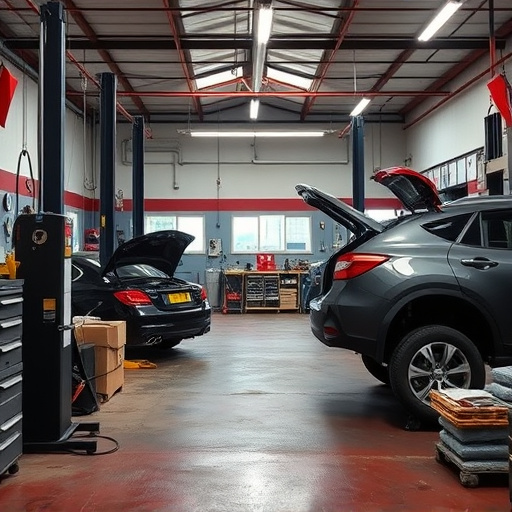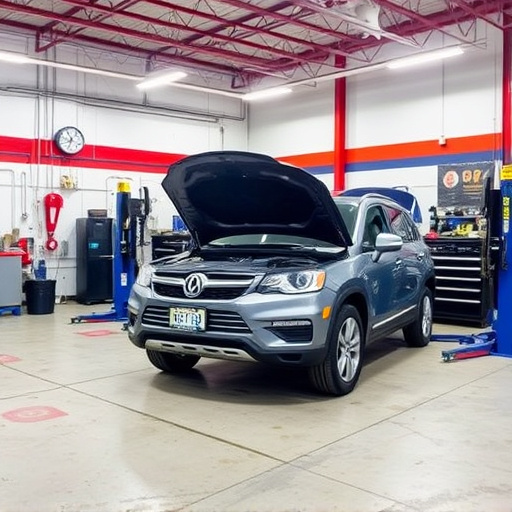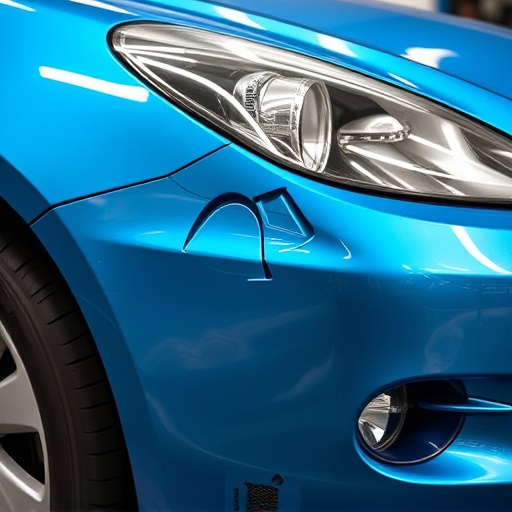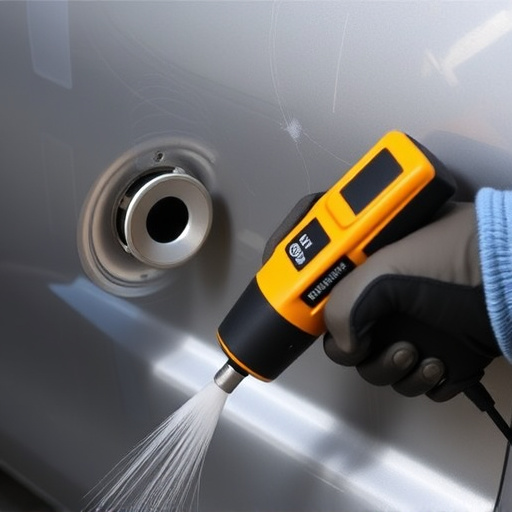Regular Tesla heat pump inspections are essential for high-mileage vehicles, preventing costly repairs by identifying issues early. This service assesses critical components like heat exchangers, refrigerant levels, motor health, drainage systems, control boards, and seals to ensure optimal climate control performance and longevity.
Tesla owners often marvel at the versatility of their vehicles, thanks in part to innovative features like the integrated Tesla heat pump. While these systems offer energy-efficient heating and cooling, high mileage can take a toll. This article delves into the importance of regular Tesla heat pump inspections after extensive use, outlining wear and tear concerns specific to these advanced components. We provide a comprehensive checklist to ensure optimal performance and peace of mind for Tesla owners.
- Understanding Tesla Heat Pump Functionality
- High Mileage: Wear and Tear Concerns
- Comprehensive Inspection Checklist for Peace of Mind
Understanding Tesla Heat Pump Functionality
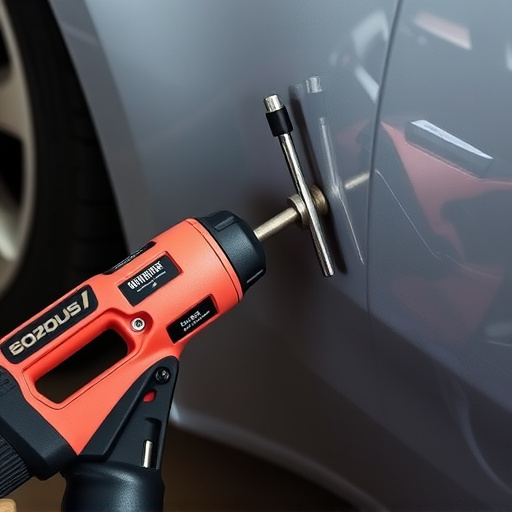
The Tesla heat pump is a revolutionary feature designed to efficiently regulate the interior temperature of your vehicle. It works by extracting heat from the surrounding air or ground and transferring it inside, providing both heating and cooling functions. This innovative system is a significant departure from traditional climate control mechanisms, making Tesla vehicles stand out in the automotive industry. With regular use, especially over high mileage, it’s crucial to consider that these components can wear down over time, necessitating periodic inspections.
Regular Tesla heat pump inspections are essential to ensure optimal performance and longevity of your vehicle’s climate control system. Similar to how you’d maintain other auto repair services, such as a paintless dent repair or visits to an automotive body shop, regular checks can identify potential issues early on. By addressing problems promptly, you can prevent more significant, costly repairs down the line, ensuring your Tesla remains comfortable and efficient during all seasons.
High Mileage: Wear and Tear Concerns
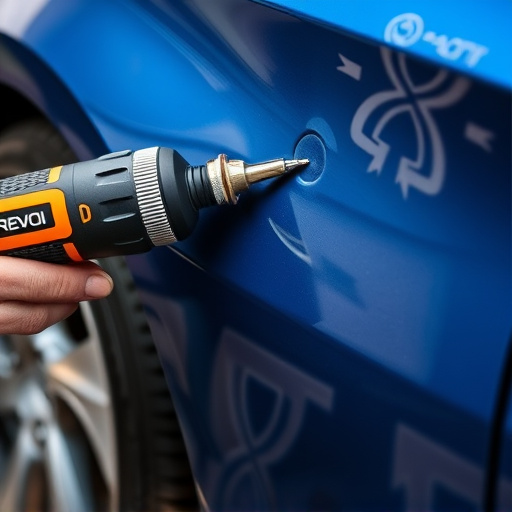
As Tesla vehicles accumulate high mileage, it’s natural for their components to experience increased wear and tear, including the heat pump. This crucial system is responsible for maintaining comfortable interior temperatures in all weather conditions. Over time, regular use can lead to potential issues such as reduced efficiency, strange noises, or even failure of certain parts. A Tesla heat pump inspection becomes increasingly vital as the vehicle’s age and mileage grow, ensuring optimal performance and longevity.
Regular driving, especially in diverse climates, puts additional strain on the heating and cooling systems. High-mileage vehicles may require more frequent maintenance checks to address wear and tear concerns. This proactive measure can prevent minor issues from escalating into costly repairs or even render the heat pump inoperable. A well-timed inspection can identify potential problems early on, allowing owners to make informed decisions regarding service, replacement parts, or other necessary tire services and collision center visits.
Comprehensive Inspection Checklist for Peace of Mind
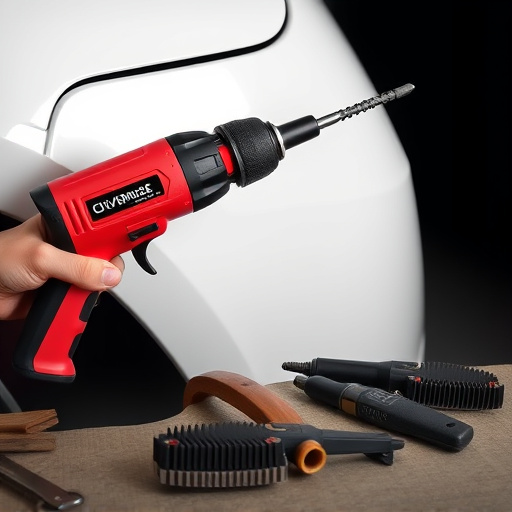
When a Tesla reaches high mileage, it’s crucial to conduct a comprehensive heat pump inspection. This goes beyond a routine service check as it specifically targets the vehicle’s climate control system, a key component for passenger comfort and energy efficiency. A thorough inspection should encompass several critical areas:
– Heat Exchanger Condition: Inspect for any signs of corrosion or damage, as these can impact heat transfer effectiveness.
– Refrigerant Levels: Verify that the refrigerant charge is correct and within manufacturer specifications. Leaks can lead to system inefficiency and environmental harm.
– Motor and Compressors: Assess the condition of the motor and compressors for any unusual noise, vibration, or performance issues. Wear over time may require replacement.
– Drainage System: Ensure proper drainage to prevent water buildup, which can cause damage and mold growth.
– Control Board Functionality: Test all control board functions, including temperature settings, fan operation, and error codes for any anomalies.
– Seals and Gaskets: Check for cracks or degradation in seals and gaskets that could allow refrigerant leakage.
A well-conducted Tesla heat pump inspection, ideally performed by a reputable body shop services or auto repair shop specializing in electric vehicles, can provide peace of mind and help ensure your vehicle maintains optimal climate control performance throughout its journey.
After extensive use, particularly with high mileage, a thorough Tesla heat pump inspection becomes crucial. The comprehensive checklist provided ensures any potential issues are identified early, promoting optimal performance and longevity of your vehicle’s innovative heating system. Regular maintenance is key to keeping your Tesla running smoothly, so don’t skip the essential Tesla heat pump inspection.
